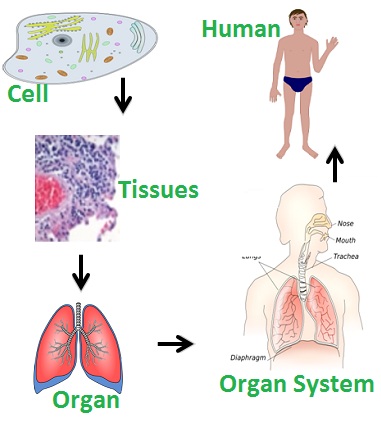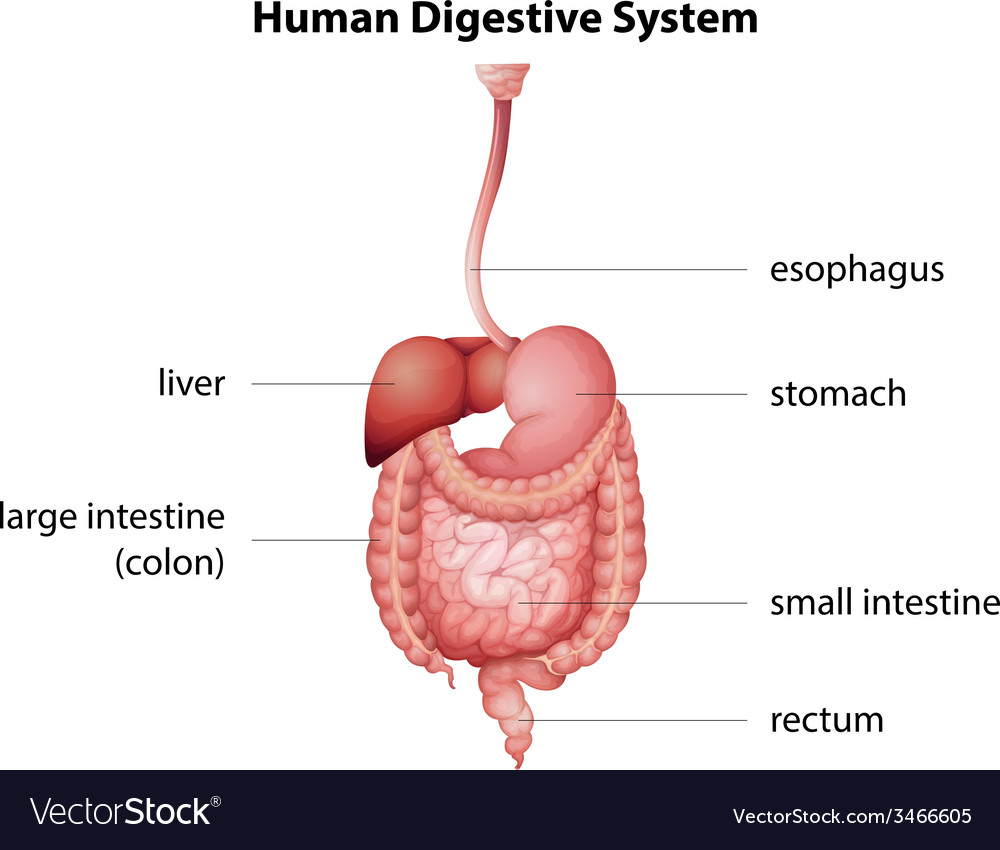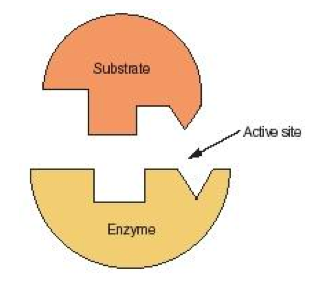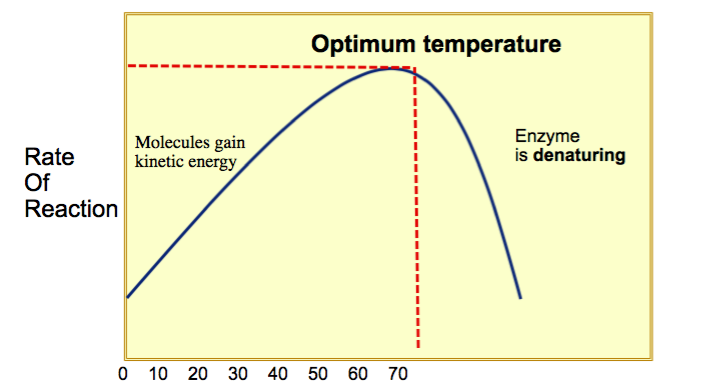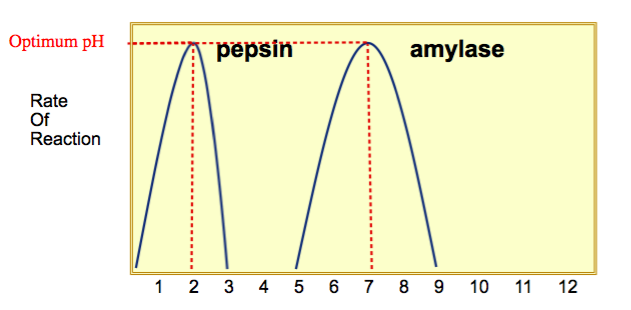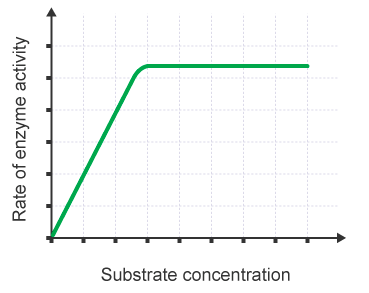Enzymes
Principles of Organisation
- Cells are the basic building blocks of all living organisms.
- A tissue is a group of cells with a similar structure and function.
- Organs are aggregations of tissues performing specific functions.
- Organs are organised into organ systems, which work together to form organisms.
The digestive system is an example of an organ system in which several organs work together to digest and absorb food.
Enzymes
A catalyst is a substance that speeds up the rate of a chemical reaction but is not itself changed by the reaction. An Enzyme is a biological catalysts that speed up the rate of chemical reaction in cells. Enzymes (and catalysts) take part in a reaction but are unchanged at the end of it. They can be used over and over again but are not used up in the reaction.
Lock and Key Theory
Enzymes have a specific 3D structure. They exactly match the shape of a molecule of substrate.
Steps:
- Substrate fits into active site of enzyme
- Reaction takes place
- Products leave active site, enzyme ready to work again
Denaturation
If the temperature and pH changes sufficiently beyond an enzyme’s optimum, the shape of the enzyme irreversibly changes. This affects the shape of the active site and means that the enzyme will no longer work. When this happens the enzyme is denatured.
E.g.: an enzyme may look like this:
But if it becomes denatured, it will look more like this:
The substrate will no longer fit in the active site, therefore no products can be created.
Effects of Temperature Substrate Concentration & p H
Factors that affect the rate of a reaction include:
- Temperature
- pH
- Enzyme concentration
- Substrate concentration
- Surface area
- Pressure
All enzymes work best at only one particular temperature and pH: this is called the optimum. Different enzymes have different optimum temperatures and pH values.
E.g. This graph suggests that the optimum temperature for this enzyme is around 70 degrees.
Temperature (In degrees)
E.g. This graph suggests that the optimum pH for:
Pepsin = 2
Amylase = 7
pH
These are the conditions in which the enzyme would work best in.
Enzymes will work best if there is a lot of available substrate. When the concentration of the substrate increases, the rate of enzyme activity increases too. However, when an enzyme becomes saturated, no more substrates can fit at any one time even though there is plenty of substrate available. This mean that even when there is a higher substrate concentration, the activity will remain the same as there are not enough enzymes to break down the substrate that is available.
Human Digestive Enzymes
Enzymes work in the digestive system to help us digest food. The break down large indigestible molecules into smaller digestible molecules. They effectively act like scissors cutting up the large molecules. Without enzymes the larger food molecules would not be absorbed into the body through the lining of the small intestine as they cant pass though. The smaller molecules can and so are taken into the blood.
| Name of Substrate | Name of Enzyme that breaks down the substrate into the product | Product | Where does this take place? |
| Starch | Amylase | Sugars (glucose) | Small intestine, saliva, pancreas |
| Proteins | Protease | Amino Acids | Small intestine, stomach, pancreas |
| Fats | Lipase | Fatty Acids and Glycerol | Pancreas |
Bile is made in the liver and stored in the gall bladder. It is alkaline to neutralise hydrochloric acid from the stomach. It also emulsifies fat to form small droplets which increases the surface area.
The alkaline conditions and large surface area increase the rate of fat breakdown by lipase.
- Where is bile made?
- Liver
- Name 3 factors that can affect the rate of a reaction:
- Your answer should include: Temperature / pH / Enzyme / Substrate / Concentration / Surface / Area / Pressure
- Which enzyme breaks down proteins?
- Protease
